#Europe Monument
Photo
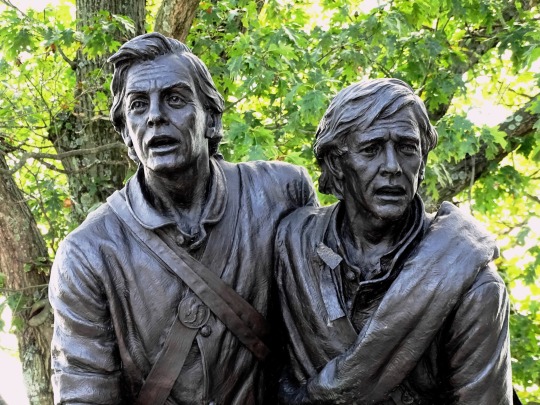

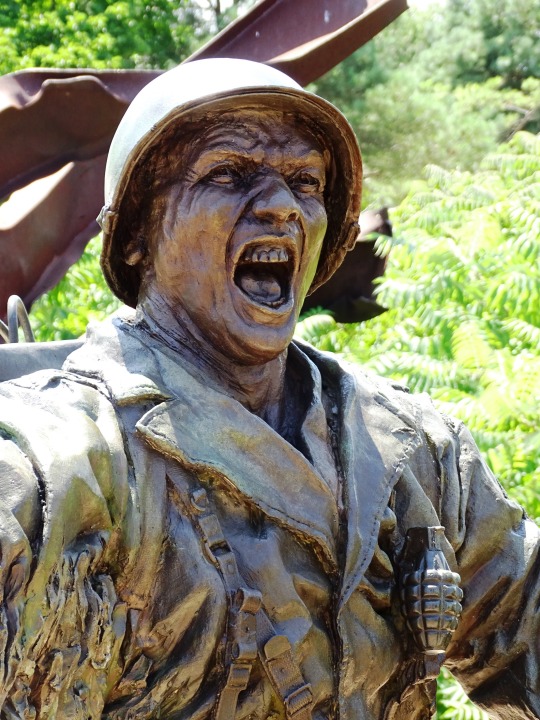

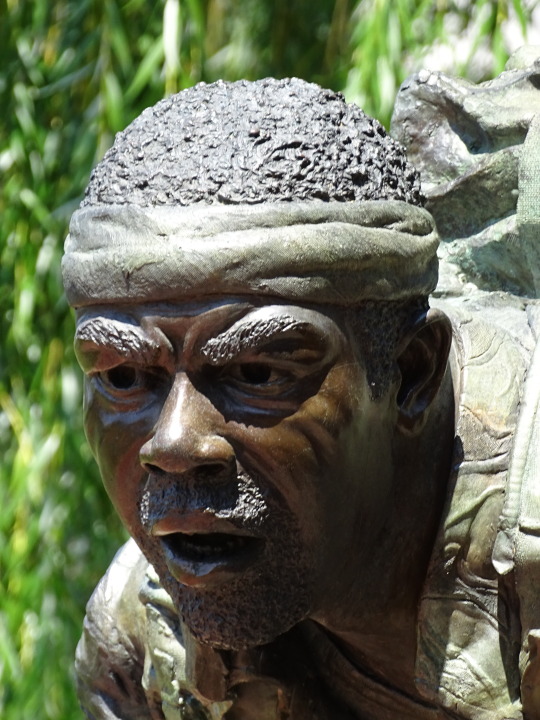
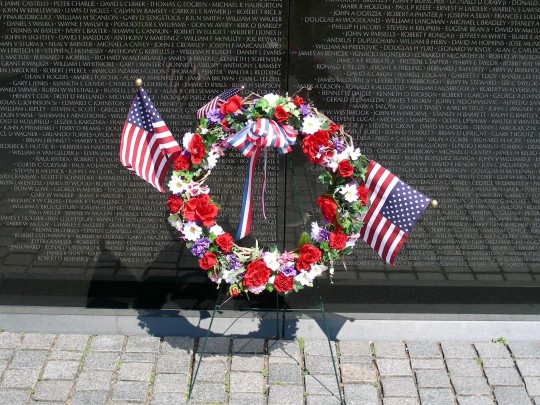

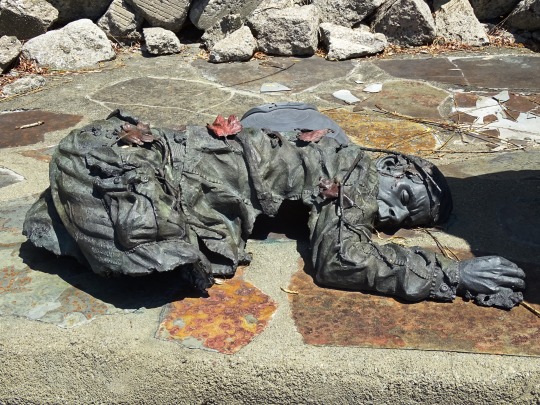
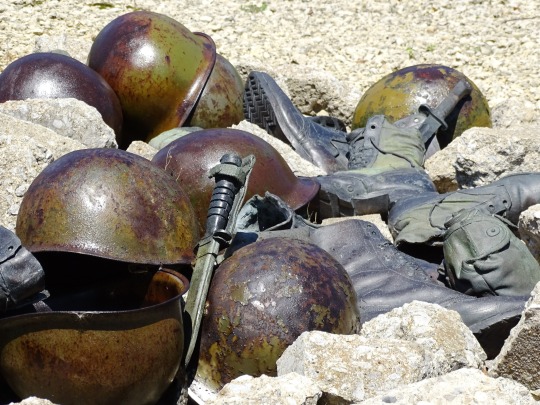
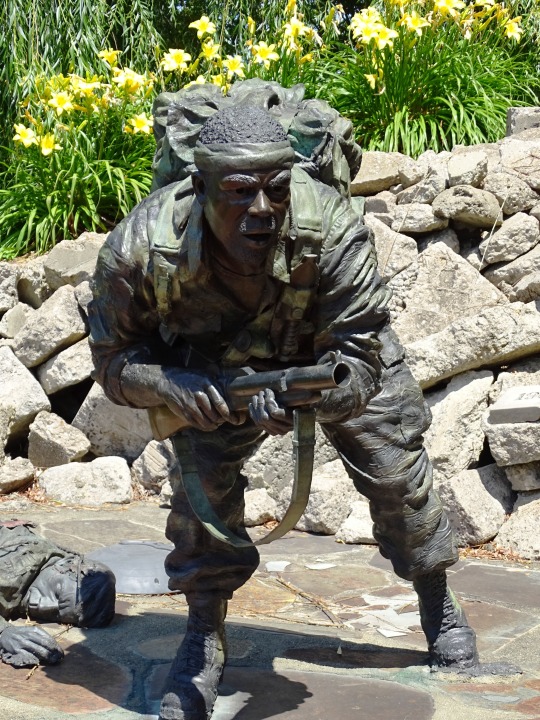
Memorial Day
Memorial Day on May 29 conjures images of hamburgers, hot dogs, swimming pools, and summertime for many Americans. But the last Monday in May serves, most importantly, as a time to honor those who died while fighting in the U.S. Armed Forces. It’s a holiday steeped in somber American history and tradition. The day actually began as “Decoration Day,” following the Civil War, when mourners placed flowers on the graves of Union and Confederate soldiers. Yes, Memorial Day has also come to signify the “unofficial” start of summer, but let’s remember the heroes who made it all possible.
When is Memorial Day 2023?
Men and women who’ve served and sacrificed their lives in the U.S. Armed Forces are honored on Memorial Day on May 29.
History of Memorial Day
The Civil War ended in the spring of 1865 when Robert E. Lee surrendered the last major Confederate army to Ulysses S. Grant at the Appomattox Court House on April 9. Over 620,000 soldiers died in the four-year conflict. General John A. Logan of the Grand Army of the Republic (an organization of Union veterans) would eventually select May 30, 1868, as a day to pay tribute to the fallen:
“The 30th of May, 1868, is designated for the purpose of strewing with flowers, or otherwise decorating the graves of comrades who died in defense of their country during the late rebellion, and whose bodies now lie in almost every city, village, and hamlet churchyard in the land…”
Logan apparently chose May 30 because flowers would be in bloom all over the country. By the end of the 19th century, Memorial Day ceremonies were being held on May 30 throughout the nation. States passed proclamations, and the Army and Navy adopted rules for proper observance at their facilities.
The crowd attending the first Memorial Day ceremony at Arlington National Cemetery was approximately the same size as those that attend today’s observance — about 5,000 people. Small American flags were placed on each grave — a tradition still followed at many national cemeteries today. In recent years, the custom has grown in many families to decorate the graves of all departed loved ones.
By 1890, each Northern state had made Decoration Day an official holiday. But this was not the case in the South, where states continued to honor their dead on separate days until after the First World War.
The May 30 date held for decades. But, in 1968, Congress passed the Uniform Monday Holiday Act, which established Memorial Day as the last Monday in May in order to create a three-day weekend for federal employees. The change took place in 1971. The same law also declared Memorial Day a federal holiday.
Memorial Day timeline
1864 Beginning of a Tradition
Women from Pennsylvania place flowers on the graves of fallen soldiers after the Battle of Gettysburg.
May 5, 1866 Birthplace of Memorial Day
Waterloo, New York, begins hosting an annual community service in remembrance of soldiers whose lives were lost.
May 5, 1868 It’s Official
Major General John A. Logan issues General Order No.11, making the day official.
2020 Virtual Solidarity
The organization American Veterans (AMVETS) holds a virtual motorcycle rally in honor of Memorial Day.
Traditions of the Day
Many Americans observe Memorial Day by visiting cemeteries or memorials, holding family gatherings, and participating in parades. It’s the three-day weekend that kicks off the summer season and the time for hanging out at the beach and lakes, and barbecuing with friends and family. But Memorial Day is also the most solemn American holiday — a day to remember those who made the ultimate sacrifice while defending their nation.
Towns and cities across the country host grand Memorial Day parades every year, often featuring senior veterans and military personnel. Some of the biggest parades take place in New York, Chicago, and Washington, D.C. Cemeteries and memorials are also visited by Americans, with some citizens wearing or holding red poppies to symbolize those who have fallen in war. This tradition has been around since World War I. Weekend trips and parties are also arranged to balance out the somberness of the day and welcome the summer.
By the Numbers
620,000 – the number of soldiers who died on both sides of the Civil War.
1868 – the year when President James Garfield delivered a very long speech on Memorial Day.
2500 – the number of motorcyclists who participated in the first Rolling Thunder rally.
$1.5 billion – the number of dollars typically spent on meat and seafood in preparation for Memorial Day weekend.
60% – the percentage of American households who attend or host a barbecue on this day.
1.5 million – the number of people who watch the National Memorial Day Parade.
900,000 – the number of people who gathered for the Rolling Thunder Memorial Day motorcycle rally in 2019.
260,000 – the number of graves at Arlington National Cemetery adorned with flags in 2019.
45 million – the number of men and women who have served in a time of war for the U.S.
3 P.M. – the time of day when a moment of silence is observed by Americans throughout the country on this day.
How to Observe Memorial Day
Pay your respects
Participate in the National Moment of Remembrance
Fly the flag
Lay flowers on the grave of a family member or friend who died while serving. If you don't personally know any fallen soldiers, visit a local cemetery anyway. After all, they made the ultimate sacrifice for you.
By doing so, you'll be joining millions of Americans in national unity to honor Memorial Day for what it truly is — a day to remember those who laid down their lives in service of their country and its citizens.
If you have an American flag at home, be sure to fly it at half-mast until noon, then raise it to full mast for the rest of the day. The practice of lowering and then raising the flag has been observed for over 100 years to symbolize America's persistence in the face of loss.
5 CREATIVE WAYS TO DECORATE FOR MEMORIAL DAY
Unfurl those flags
Line your walkway with mini flags
Red, white, and blue layered cake
Stars and Stripes windsocks
Symbolic flowers
Often people store their American flags and raise them only during patriotic holidays. This is definitely one of those days.
Nothing honors our deceased veterans like dozens (or even hundreds) of flags in your front lawn and entryway.
It’s a decoration you can eat.
It’s festive, fun, and patriotic. Need we say more?
Even if you haven’t lost a loved one who served in the military, you can still honor the fallen with flowers at home. Red, navy, and blue dahlias combined with white rose silk flowers can make a stunning visual combination.
Source
#Maryland State Monument by Lawrence Monroe Ludtke#original photography#Gettysburg National Military Park#Community Veterans Memorial#Munster#Indiana#Pennsylvania#Europe Monument#Pacific Monument#Omri Amrany#A Soldier's Sacrifice by Julie Rotblatt-Amrany#Vietnam Veterans Memorial by Maya Lin#Washington DC#summer 2019#2009#free admission#tourist attraction#landmark#architecture#cityscape#Memorial Day#29 May 2023#last Monday in May#MemorialDay
2 notes
·
View notes
Text

Saint George and the Rescued Maiden by Henry Charles Fehr
#st george#saint george#knight#maiden#damsel#art#henry charles fehr#knights#sword#armour#medieval#middle ages#england#english#britain#british#chivalry#chivalric romance#sculptor#sculpture#statue#christian#christianity#romantic#romanticism#europe#european#monument#photograph#photography
508 notes
·
View notes
Photo
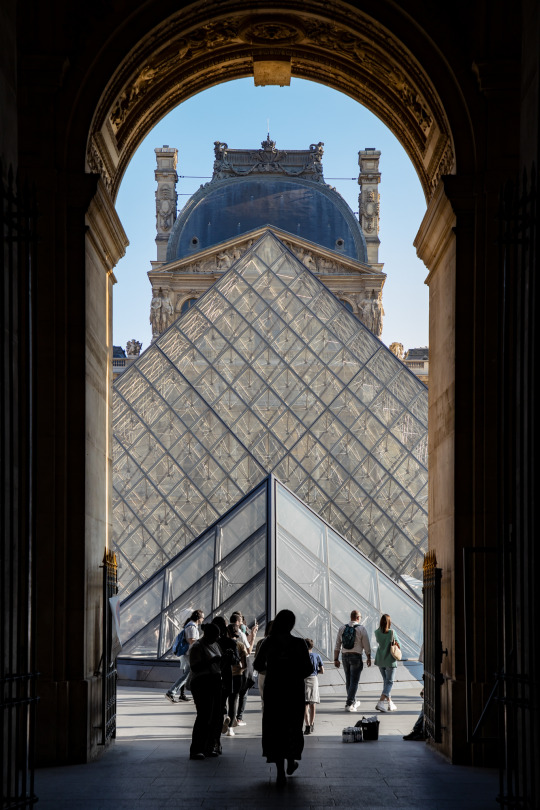
Le Louvre, Paris by sir20
#photographers on tumblr#original photographers#photography#Architecture#urban#sir20#Paris#france#french#europe#history#historical#architectural#arquitectura#architecture photography#le louvre#monument#travel#travelling#pyramid#people#Street Photography#urban landscape#cityscapes#cityscape#fine art photography#original phography#artists on tumblr#creators on tumblr#Photographie
1K notes
·
View notes
Text

#Paris#France#eiffel tower#monument#lights#cityscape#city#travel#traveling#travels#city lights#Europe
731 notes
·
View notes
Text

Karlskirche, Vienna, Austria.
#austria#österreich#vienna#wien#vienna austria#austrian#church#monument#karlskirche#beauty#culture#catholic#christianity#winter#christmas#christmas market#europe#european#architecture#baroque#baroque art#style#art#travel#trip#canon#50mm#beautiful#heritage#church photography
448 notes
·
View notes
Text

Altare della Patria - Monumento a Vittorio Emanuele II - ROMA
#altare della patria#monumento#vittorio emanuele ii#monument#roma#rome#lazio#italia#italy#europe#europa
132 notes
·
View notes
Text
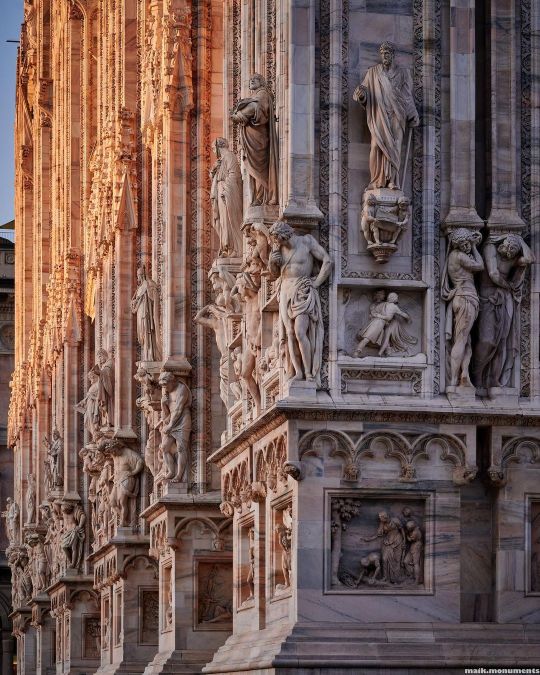
duomo di milano, italy ⋅ ph. maik monuments
#duomo di milano#italy#europe#travel#view#sculpture#art#aesthetic#archtitecture#photo#photograph#photography#photographer#creator#maik monuments#beauty#church#cathedral#ornate#history#inspo#inspiration#insta#instagram#twitter#tumblr#pinterest#blog#discover#create
204 notes
·
View notes
Text

John Roddam Spencer Stanhope (English, 1829-1908)
Patience on a Monument, Smiling at Grief, Exh. 1884
#john roddam spencer stanhope#english#patience of a monument#smiling at grief#art#1800s#english art#fine art#european art#classical art#europe#european#oil painting#fine arts#europa#island kingdom#england#allegorical art
204 notes
·
View notes
Photo

Nelson Monument, Edinburgh (by Mike)
693 notes
·
View notes
Text

#neo-gothic building#monument#architectural historical#christmas markets#brugge#beautiful city#old city#my photography#belgium#europe#cityview#marketplace#citylife#photographers on tumblr#original photographers
59 notes
·
View notes
Photo




The Monument of the Nation’s Immortals (Μνημείο των Αθανάτων του Έθνους - Mnimío ton Athanáton tu Éthnus), a monument dedicated to the Greek soldiers who fell in battle, was recently inaugurated. It commemorates the names of all the soldiers who reportedly fell in a battle defending Greece from 1830 until 1974. The monument is in the military camp “Alexandros Papagos” and will be visitable on the weekends.
Source: ΓΕΕΘΑ (Hellenic National Defence General Staff)
#greece#europe#travel#monuments#history#war history#fallen soldier#fallen in battle#battle history#greek facts#greek history#athens#attica#sterea hellas#central greece#mainland
41 notes
·
View notes
Photo
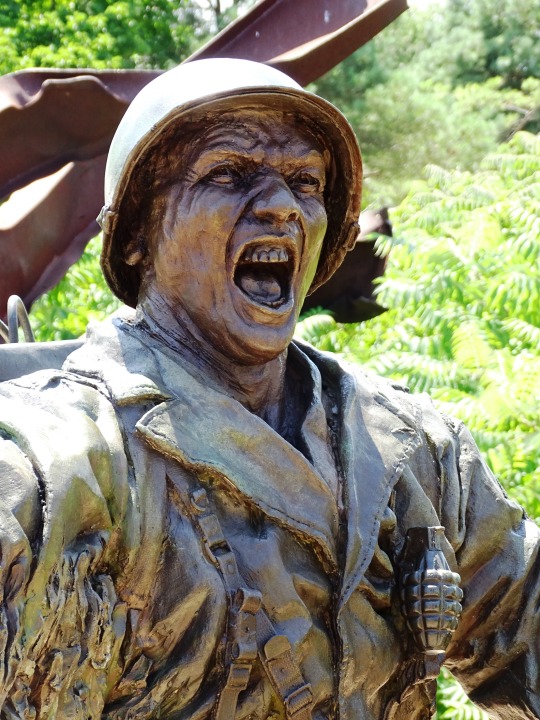


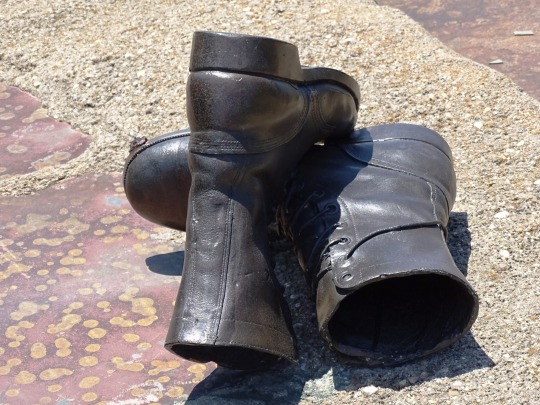




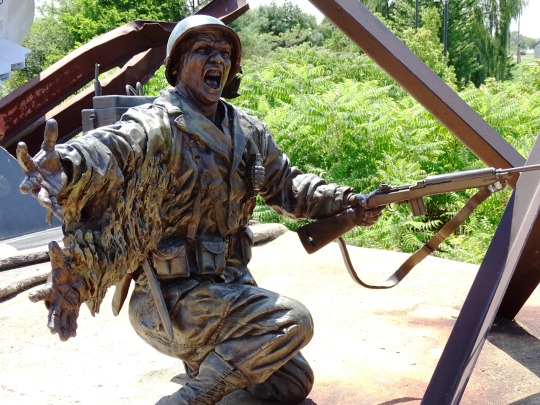
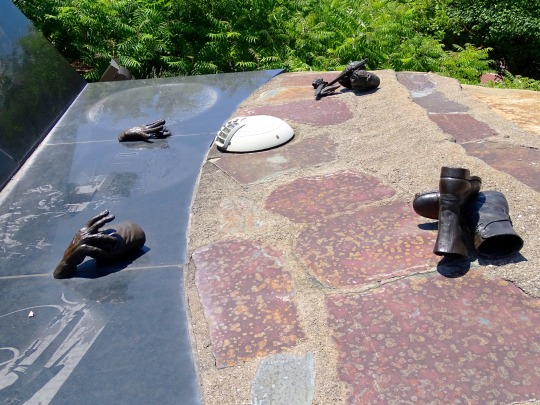
Victory in Europe Day
Victory in Europe Day is observed on May 8 to commemorate when the Allies of World War II formally accepted Germany’s unconditional surrender of its armed forces. Did you know that even after Germany — the architect of the war — surrendered, Japan continued to wage war against the Allied troops? World War II was the costliest war ever; over 75 million lives were lost, cities leveled, and the economy of Europe was devastated. The war began when Hitler’s Germany invaded Poland and ended nearly six years later when Japan surrendered. Victory in Europe Day is celebrated as a public holiday in several European countries and termed V.E. Day and V-E Day in the U.K. and the U.S., respectively.
HISTORY OF VICTORY IN EUROPE DAY
On April 30, 1945, the Allied forces surrounded Germany, tightening the noose around the German army. Realizing the hopelessness of his situation, Hitler killed his newly wedded wife, Eva Braun, and committed suicide in his Berlin bunker. Immediately taking the presidency, Grand Admiral Karl Donitz, Hitler’s successor, began negotiating for a term of surrender with the Allied forces. Chief among his goals was saving as many Germans as possible from being captured by the Soviets.
On May 4, in Luneburg Heath, British Field Marshal Bernard Montgomery accepted the unconditional surrender of German forces in the Netherlands, northwest Germany, and Denmark. On May 7, another unconditional military surrender was signed at SHAEF H.Q. at Reims, between Supreme Allied Commander General Eisenhower and General Alfred Jodl of Germany. The following day, a slightly modified document — the definitive German Instrument of Surrender — was signed in Karlshorst, Berlin, by German Field Marshal William Keitel.
Following the announcement of the German surrender on radio on May 7, the news quickly spread across the western world, and jubilations erupted everywhere, especially in North America and the U.K. The B.B.C. interrupted their program to announce that Victory in Europe Day would be a national holiday. Over one million people trooped out to the streets of the U.K. to celebrate, while in London, people crowded Trafalgar Square, the Mall, and Buckingham Palace. The British Royal Family, joined by Prime Minister Winston Churchill, appeared on the palace’s balcony, waving to the cheering crowds.
In the United States, Victory in Europe Day happened to be the same day as President Harry Truman’s 61st birthday. However, he dedicated the victory to his late predecessor, Franklin D. Roosevelt and the U.S. flag remained at half-mast. Victory in Europe Day was also celebrated in Australia, Paris, and Canada — where a riot broke down and resulted in several deaths.
VICTORY IN EUROPE DAY TIMELINE
April 30,1945 The Suicide of Hitler
During the Battle of Berlin, the city becomes surrounded — so, Hitler kills his wife and commits suicide.
May 4, 1945 The First Act of Surrender
British Field Marshal Bernard Montgomery accepts the unconditional surrender of German forces in the Netherlands, northwest Germany, and Denmark.
May 7, 1945 The Second Act of Surrender
Supreme Allied Commander General Eisenhower accepts the unconditional surrender of German forces from German General Alfred Jodl.
May 8, 1945The German Instrument of Surrender
The definitive German Instrument of Surrender is signed in Berlin by German Field Marshal William Keitel.
August 14, 1945 The End of the War
Japan agrees to surrender to the Allied forces and formally signs an agreement the following month.
VICTORY IN EUROPE DAY FAQS
Is Victory in Europe Day celebrated in Germany?
Victory in Europe Day is generally viewed in Germany as a day to commemorate those that died during the war. However, it’s also a day to renew their promises of preventing such events from happening again.
Who celebrates Victory in Europe Day?
Victory in Europe Day is mainly celebrated by North American and European countries, including Israel and the European Union — celebrated as Europe Day.
How do the French celebrate Victory in Europe Day?
Victory in Europe Day is celebrated with a lot of festivities and fanfare. Church services, parades, ceremonies, monument visitations, and air force flyovers are ways Victory in Europe Day is commemorated in France.
HOW TO OBSERVE VICTORY IN EUROPE DAY
Visit the World War II Memorial
Talk to a World War II veteran
Watch World War II movies or documentaries
The World War II Memorial was built in 2004 to honor those that fought and died during World War II. The memorial is located in Washington D.C. You can visit and take a tour around this place of honor to pay your respects to those that prevented the war from entering our borders.
You can observe Victory in Europe Day by chatting with a WWII veteran about the unfiltered events of the war. There are many of these veterans around, and they can be found at senior homes. Visiting them would allow you to learn a lot and provide you with an opportunity to appreciate them for their sacrifices.
Many films are produced almost every decade, dedicated to the major battles of World War II. You can spend Victory in Europe Day by watching classics like “Stalingrad,” “Dunkirk,” “Dirty Dozen,” “Come and See,” and “Saving Private Ryan.” You can also watch documentaries, such as “Battlefield,” “World At Watt,” and “Russia’s War: Blood Upon the Snow.”
5 IMPORTANT FACTS ABOUT WORLD WAR II
It was between two groups of countries
The Holocaust happened
Some countries remained neutral
It was the bloodiest war
Millions died for not being perfect Germans
World War II was fought between Allied countries — Britain, France, Russia, China, and the U.S. — and Axis nations — Germany, Italy, and Japan.
Hitler’s Germany killed about six million Jewish people during the war.
Spain, Sweden, and Switzerland are examples of countries that never chose a side during the war.
About 75 million people died during the war, including 40 million civilians and 20 million military personnel.
Aside from Jews, Hitler ordered people with disabilities and Gypsies to be killed for not meeting his vision of the best and strongest race.
WHY VICTORY IN EUROPE DAY IS IMPORTANT
It marked the beginning of the end of WWII
It serves as a day of remembrance
It’s a day of reflection
When the German forces surrendered to the Allied troops on Victory in Europe Day, it ended the war on the European theatre, allowing the Allies to concentrate their efforts to win in the Eastern theatre three months later.
Victory in Europe Day is not only a day to celebrate Germany’s surrender but also a day to appreciate the military personnel that fought and died to make it happen.
Victory in Europe Day is a day for every country that participated in World War II, both the instigators and heroes, to reflect on the actions and events that led to the outbreak of war and ensure they don’t repeat themselves.
Source
#lone infantryman on Omaha Beach#Community Veterans Memorial#Indiana#USA#Munster#very impressive#free admission#Omri Amrany#8 May 1945#Victory in Europe Day#European history#V-E Day#VictoryInEuropeDay#WWII#World War Two#World War II#Pacific Monument#Europe Monument#Midwestern USA#Great Lakes Region#original photography#summer 2019#tourist attraction#landmark
1 note
·
View note
Text
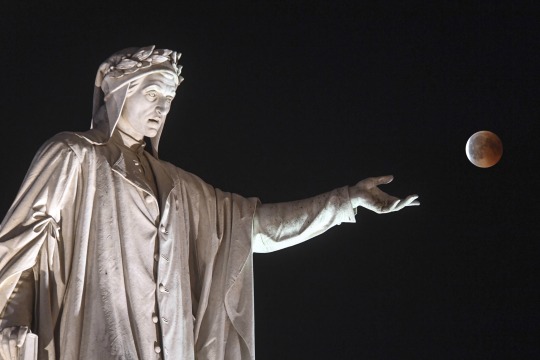
Statue of Dante and the Blood Moon, Naples
#dante alighieri#dante#statue#blood moon#moon#naples#monument#piazza dante#napoli#italy#europe#european#history#art#photograph#photography#southern italy#italian#statues
440 notes
·
View notes
Text

Castell de Bellver, Palma de Mallorca, Mallora, 09-12-23
#Castell de Bellver#Palma de Mallorca#Mallora#09-12-23#photography#photo#photographers on tumblr#aesthetic#aesthetics#illes balears#castle#knight#knightcore#archway#architecture#architecture photography#historic#monumental#monument#europe#shadowplay
23 notes
·
View notes
Text

The Scott Monument, Edinburgh, 2022.
870 notes
·
View notes
Text
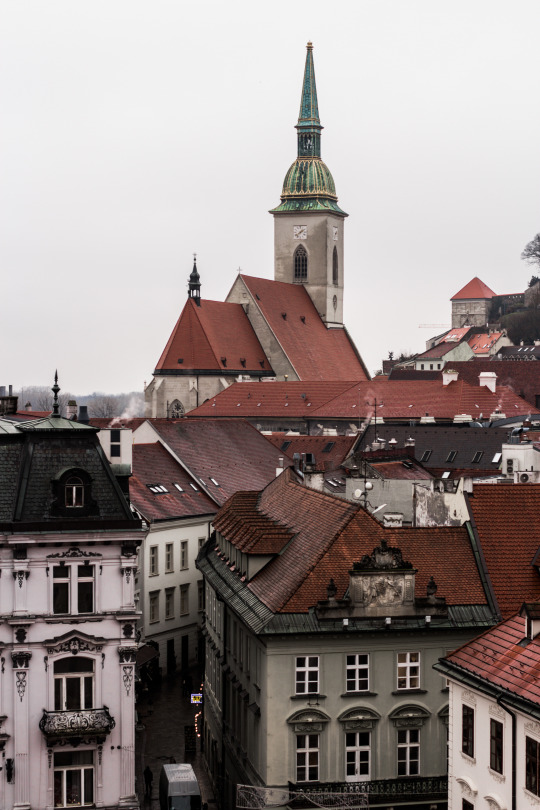

St-Martin / Hrad, Bratislava, Slovakia.
#slovakia#slovak#slovak tumblr#bratislava#slovensko#bratislava city#europe#central europe#cathedral#castle#city#city view#cityscape#monument#architecture#aesthetic#culture#old city#historic#city photo#city photography#canon#50mm#winter#colors#slav#slavic#style#authentic#typical
100 notes
·
View notes